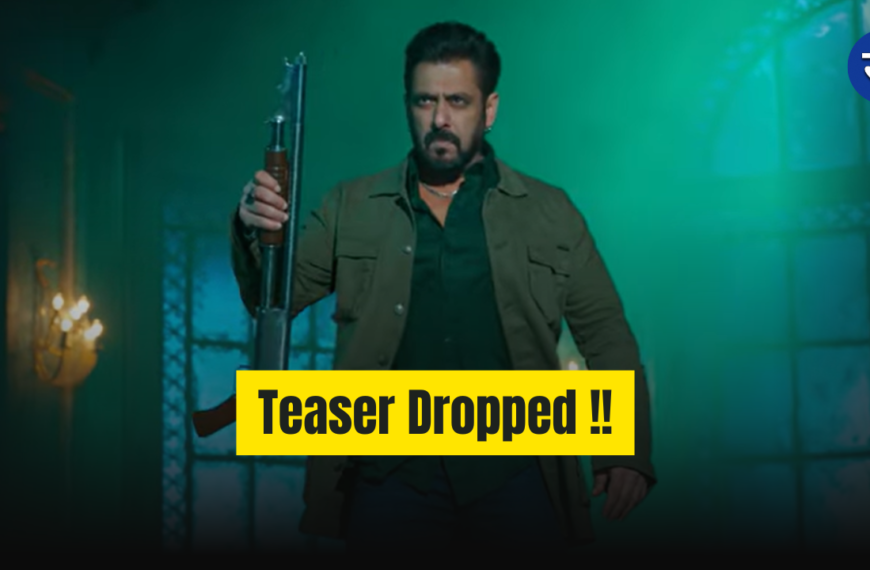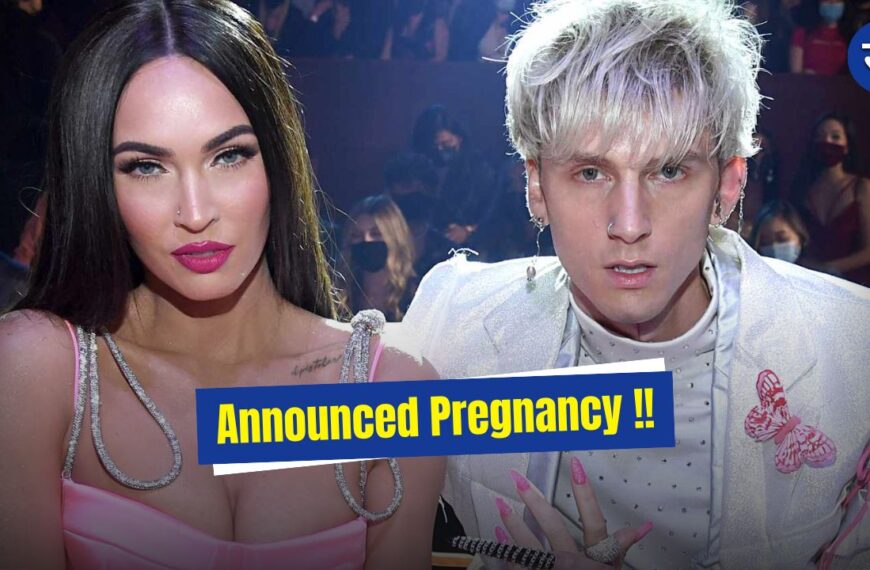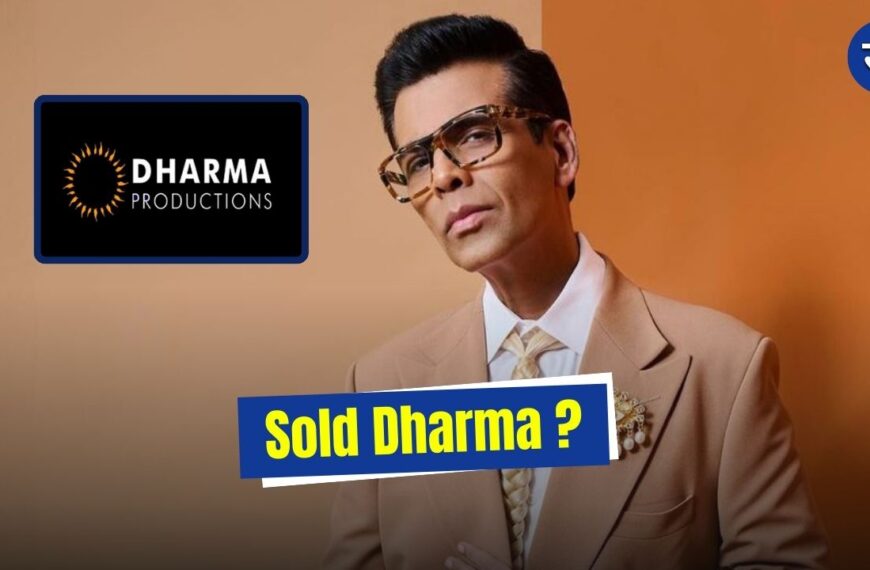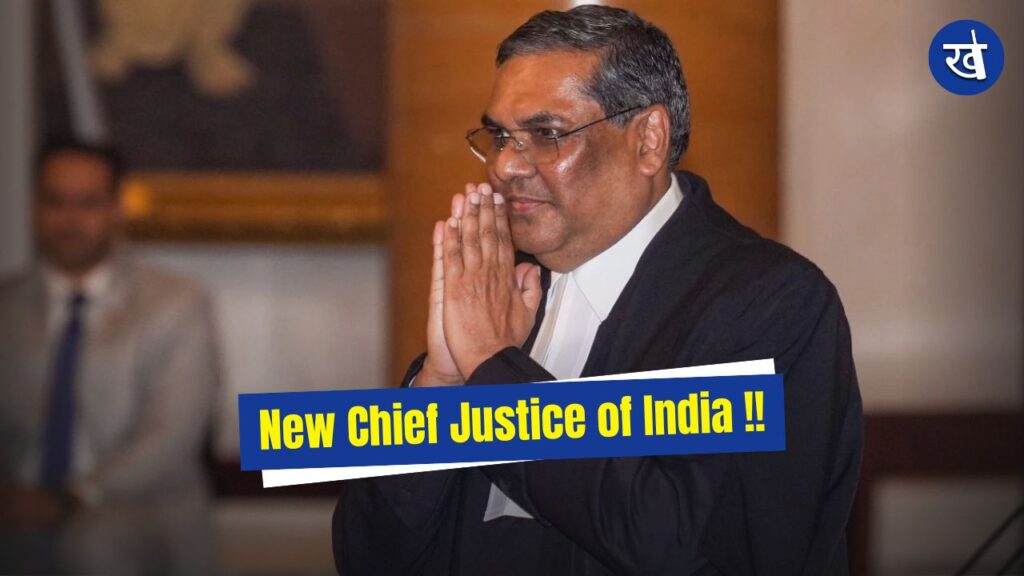
On November 11, 2024, Justice Sanjiv Khanna was sworn in as India’s new Chief Justice, marking a new chapter in the country’s judiciary. President Droupadi Murmu administered the oath at Rashtrapati Bhavan, with dignitaries like Vice-President Jagdeep Dhankhar, Prime Minister Narendra Modi, government ministers, and past and present judges gathered for the ceremony. Justice Khanna’s term will run until May 13, 2025, following the retirement of Justice D.Y. Chandrachud.
Right after the ceremony, Chief Justice Khanna headed to the Supreme Court to preside over his first day in Court No. 1, traditionally the Chief Justice’s courtroom. Accompanied by Justice Sanjay Kumar, he tackled a heavy list of 47 cases, showcasing his readiness to manage the court’s workload from day one.
Also Read – The Cuban Missile Crisis: When World War III Almost Happened
Family History of Justice Sanjiv Khanna
Justice Khanna’s family is steeped in a legacy of defending justice. His uncle, Justice H.R. Khanna is legendary for his commitment to personal freedoms, especially during India’s 1975-77 Emergency period. Despite this dedication costing him the Chief Justice position, Justice H.R. Khanna is remembered for standing up for individual rights, a legacy that Justice Sanjiv Khanna seems to carry forward in his rulings.
Noteworthy Judgments
Over his career, Justice Khanna has ruled on some pivotal cases. Recently, he granted interim bail to former Delhi Chief Minister Arvind Kejriwal, calling personal liberty “sacrosanct” in response to Kejriwal’s lengthy pre-trial detention. He also pushed for a re-evaluation of bail conditions, especially in politically charged cases.
In another prominent judgment, Justice Khanna upheld the use of Electronic Voting Machines (EVMs) and rejected a switch back to paper ballots, arguing that unwarranted distrust in institutions like the Election Commission could stall progress. He also stood by secularism as a core part of India’s Constitution, arguing it was a fundamental part of the nation’s democratic foundation.
As Chief Justice, Khanna has a busy agenda. The Supreme Court is grappling with a high caseload and the increasing need for judicial appointments. Currently, he has two vacant seats to fill, including one left by Justice Chandrachud, and will soon need to address more retirements in early 2025. Filling these seats, particularly with a focus on gender diversity, will be one of his primary tasks.
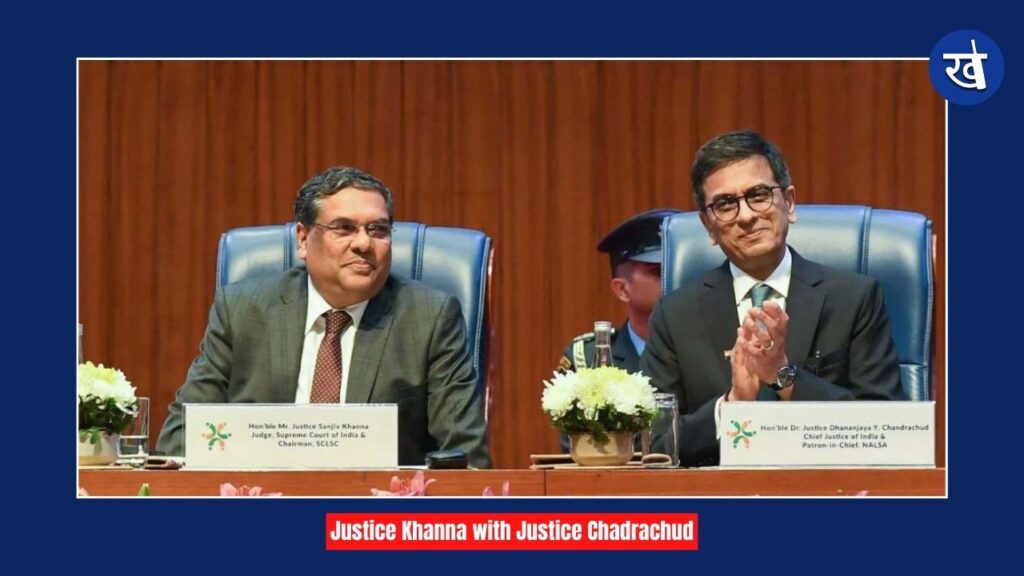
Journey to the Supreme Court
Justice Khanna began his law career in Delhi’s district courts in 1983 and quickly rose to prominence. Known for his expertise in various areas of law—including constitutional, environmental, and taxation matters—he served as senior standing counsel for the Income Tax Department and later became an Additional Judge of the Delhi High Court in 2005.
Unlike many Supreme Court justices, Justice Khanna was appointed directly from the Delhi High Court in 2019, without first serving as a Chief Justice in a state High Court. His quick rise to the nation’s top court reflects his strong track record and reputation for fairness and legal skill.
Also Read – Know Why Tesla Cars Failed To Debut In India?
Chief Justice Sanjiv Khanna’s tenure may be short, lasting only until May 2025, but he faces significant opportunities to shape Indian law on critical issues. His time as Chief Justice will likely leave a strong impression on the judiciary, especially regarding individual freedoms and the efficiency of the justice system.

